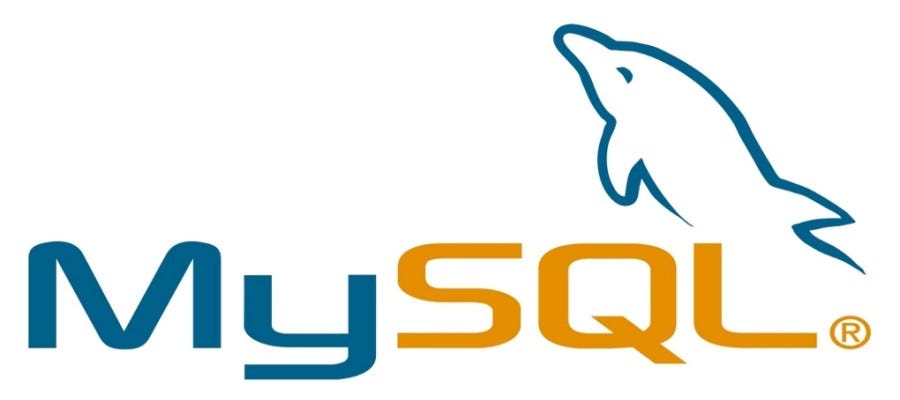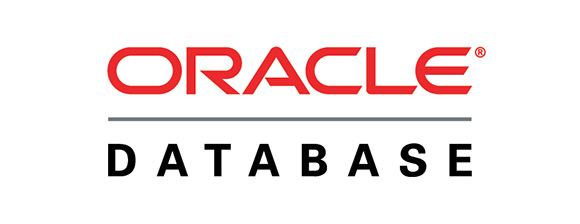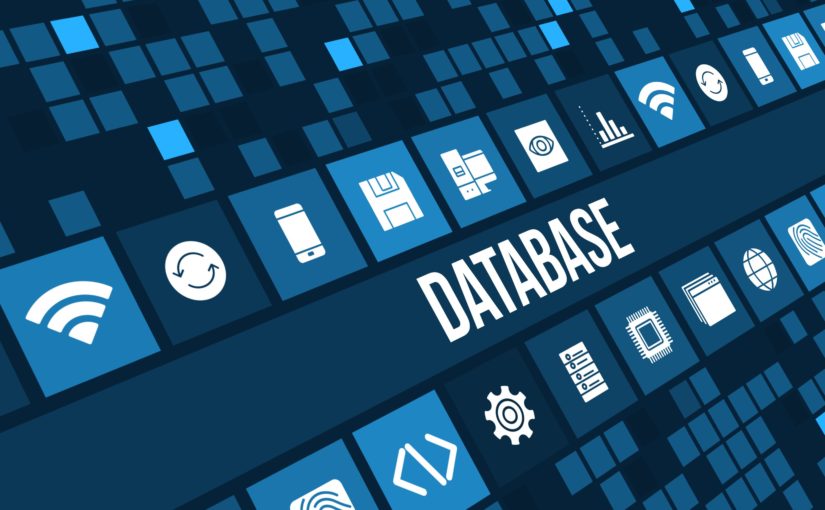A database is a collection of data that keeps on a computer. This data is frequently organized in a way that makes it simple to access.
A relational database is one of the different types of databases. It employs a structure that enables us to locate and retrieve data in the context of other data in the database. A relational database’s data is frequently structured into tables.
Tables: Rows and Columns
Tables can have hundreds, thousands, sometimes even millions of rows of data. These rows are often records.
Tables can also have many columns of data. Columns are labeled with a descriptive name (say, age for example) and have a specific data type.
For example, a column called age may have a type of INTEGER (denoting the type of data it is meant to hold).

In the table above, there are three columns (name, age, and country).
The name and country columns store string data types, whereas age stores integer data types. The set of columns and data types make up the schema of this table.
The table also has four rows, or records, in it (one each for Natalia, Ned, Zenas, and Laura).
A relational database management system (RDBMS) is a program for creating, updating, and administering relational databases. The SQL language is used to access the database in most relational database management systems.
What is SQL?
SQL (Structured Query Language) is a computer language for interacting with data in relational database management systems. The syntax of SQL is comparable to that of English, making it very simple to write, understand, and interpret.
To access data in tables, several RDBMSs employ SQL (and variations of SQL). SQLite is a relational database management system, for example. SQLite comes with a basic set of SQL commands (which are the same across all RDBMSs). Other RDBMSs may employ different variations.
Popular Relational Database Management Systems
SQL syntax may differ slightly depending on which RDBMS you are using. Here is a brief description of popular RDBMSs:
MySQL

The most widely used open source SQL database is MySQL.
It’s most commonly used for web application development and is frequently accessed through PHP.
MySQL’s key advantages are that it is simple to use, affordable, and dependable (it has been available since 1995). It also has a huge developer community that can assist with queries.
Some downsides include the fact that it are famous to have poor scaling performance, that open source development has languished since Oracle took ownership of MySQL, and that it lacks some com
PostgreSQL

PostgreSQL is a free and open source SQL database. It is commonly useful for building online applications.
Many of the advantages of PostgreSQL are similar to those of MySQL. It is simple to use, affordable, and dependable, and it has a strong developer community. It also comes with certain other capabilities, such as foreign key support, that don’t require any complicated setting.
The biggest downside of PostgreSQL is that it can be slower than other databases like MySQL in terms of performance. It’s also little famous than MySQL.
Oracle DB

Oracle Database’s author is Oracle Corporation, and the code is not open source.
This is for large-scale applications, such as those in the banking industry.
Because Oracle offers a powerful combination of technology and extensive, pre-integrated business applications, including crucial functionality created expressly for banks, Oracle applications are used by the majority of the world’s top banks.
The biggest downside of Oracle is that, unlike its open source competitors, it is not free to use and can be extremely expensive.
SQL Server

SQL Server’s author is Microsoft. The code is open source, just like Oracle DB.
SQL Server is mostly in large enterprise applications. Microsoft provides a free entry-level version called Express, but as your application scales, it can become very expensive.
SQLite

SQLite is an open source SQL database that is very useful. It has the capability of storing a whole database in a single file. One of the biggest benefits is that you don’t have to connect your database to a server because all of the data may be saved locally.
For databases in cellphones, PDAs, MP3 players, set-top boxes, and other electronic devices, SQLite is a popular choice.
Click here to read more useful and interesting articles.

